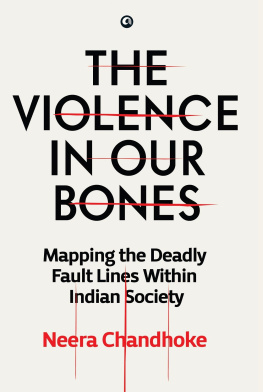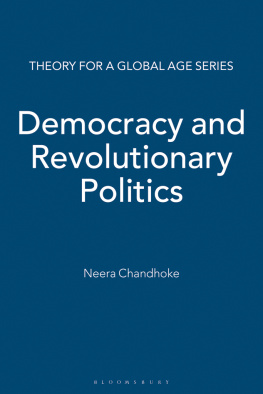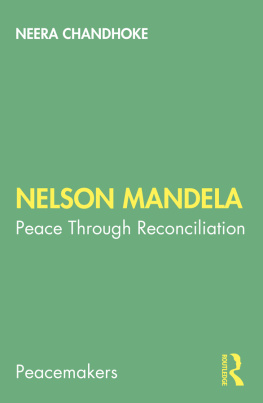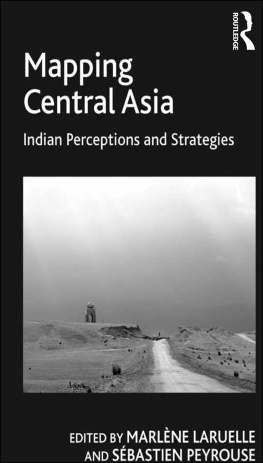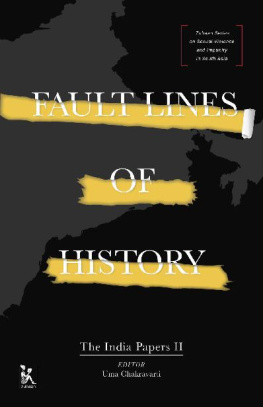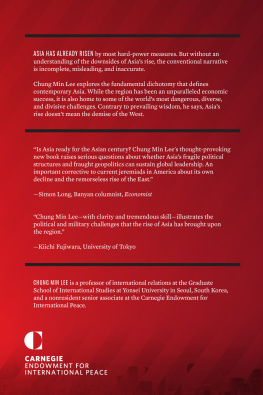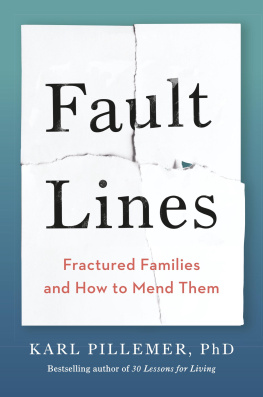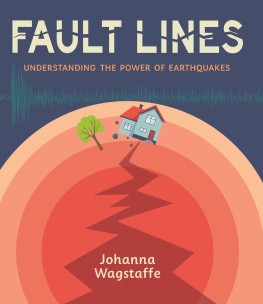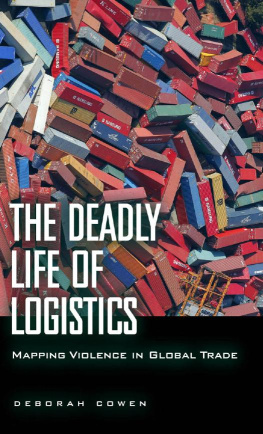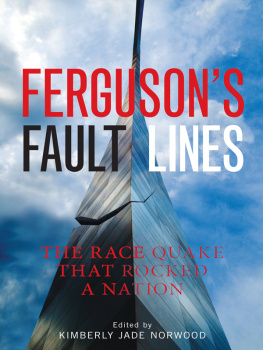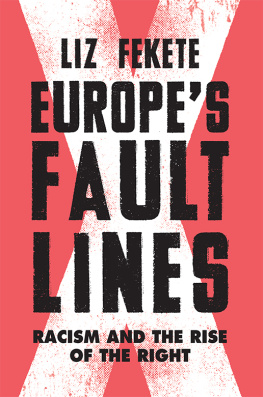Neera Chandhoke - The Violence in Our Bones: Mapping the Deadly Fault Lines within Indian Society
Here you can read online Neera Chandhoke - The Violence in Our Bones: Mapping the Deadly Fault Lines within Indian Society full text of the book (entire story) in english for free. Download pdf and epub, get meaning, cover and reviews about this ebook. year: 2021, publisher: Aleph Book Company, genre: Politics. Description of the work, (preface) as well as reviews are available. Best literature library LitArk.com created for fans of good reading and offers a wide selection of genres:
Romance novel
Science fiction
Adventure
Detective
Science
History
Home and family
Prose
Art
Politics
Computer
Non-fiction
Religion
Business
Children
Humor
Choose a favorite category and find really read worthwhile books. Enjoy immersion in the world of imagination, feel the emotions of the characters or learn something new for yourself, make an fascinating discovery.
- Book:The Violence in Our Bones: Mapping the Deadly Fault Lines within Indian Society
- Author:
- Publisher:Aleph Book Company
- Genre:
- Year:2021
- Rating:5 / 5
- Favourites:Add to favourites
- Your mark:
- 100
- 1
- 2
- 3
- 4
- 5
The Violence in Our Bones: Mapping the Deadly Fault Lines within Indian Society: summary, description and annotation
We offer to read an annotation, description, summary or preface (depends on what the author of the book "The Violence in Our Bones: Mapping the Deadly Fault Lines within Indian Society" wrote himself). If you haven't found the necessary information about the book — write in the comments, we will try to find it.
The Violence in Our Bones: Mapping the Deadly Fault Lines within Indian Society — read online for free the complete book (whole text) full work
Below is the text of the book, divided by pages. System saving the place of the last page read, allows you to conveniently read the book "The Violence in Our Bones: Mapping the Deadly Fault Lines within Indian Society" online for free, without having to search again every time where you left off. Put a bookmark, and you can go to the page where you finished reading at any time.
Font size:
Interval:
Bookmark:

Also by Neera Chandhoke
State and Civil Society: Explorations in Political Theory
The Politics of U.N. Sanctions
Beyond Secularism: The Rights of Religious Minorities
The Conceits of Civil Society
Contested Secessions: Rights, Self-determination, Democracy, and Kashmir
Democracy and Revolutionary Politics
Rethinking Pluralism, Secularism and Tolerance: Anxieties of Coexistence
Books co-authored by Neera Chandhoke
Understanding the Post-Colonial World:
Theory and Method (with Nehru Memorial Museum and Library)
Reinventing Social Democratic Development: Insights from Indian and Scandinavian
Comparisons (with Olle Tornquist, John Harriss, and Frederik Engelstad)
Books edited by Neera Chandhoke
Mapping Histories: Essays Presented to Ravinder Kumar
Contemporary India: Economy, Society, Politics (with Praveen Priyadarshi)
Social Protection Policies in South Asia (with Sanjay Kumar Agrawal)


ALEPH BOOK COMPANY
An independent publishing firm
promoted by Rupa Publications India
First published in India in 2021
by Aleph Book Company
7/16 Ansari Road, Daryaganj
New Delhi 110 002
Copyright Neera Chandhoke 2021
All rights reserved.
The author has asserted her moral rights.
The views and opinions expressed in this book are those of the author and the facts are as reported by her, which have been verified to the extent possible, and the publisher is not in any way liable for the same.
The publisher has used its best endeavours to ensure that URLs for external websites referred to in this book are correct and active at the time of going to press. However, the publisher has no responsibility for the websites and can make no guarantee that a site will remain live or that the content is or will remain appropriate.
No part of this publication may be reproduced, transmitted, or stored in a retrieval system, in any form or by any means, without permission in writing from Aleph Book Company.
ISBN: 978-93-90652-42-6
This book is sold subject to the condition that it shall not, by way of trade or otherwise, be lent, resold, hired out, or otherwise circulated without the publishers prior consent in any form of binding or cover other than that in which it is published.
They say my verse is sad: no wonder,
Its narrow measure spans,
Tears of eternity and sorrow,
Not mine, but mans.
A. E. Housman
Do We, the People of India, have violence in our bones? This is the question this work seeks to address. The answer is neither a clear yes or no. Any answer to the question of whether violence is in our bones is bound to be ambiguous. In fact, any question that relates to human beings, their desires, their proclivities, their moral judgements, and their tendency to violence cannot but be ambivalent. After all, human beings are complex, contradictory, and entirely unpredictable.
Admittedly, the impulse to violence is a part of individual and collective psyches of, if not all, at least a majority of people. We do not need to carry out large sample surveys to establish the point; observations of how people think and behave are enough. Observers are stunned when they note that individuals can turn on their own neighbours and friends in times of collective violence in the most brutal of ways. Scholars are taken aback at the depravity to which human beings, who are otherwise sane and rational, can descend at moments of crisis. on Partition violence in India illustrates precisely this conundrum.
What we need to note is that the impulse to violence does not easily convert to violent acts that intend to maim and kill. A number of factors spark off the transition from despicable thoughts and emotions to ignoble acts of torture and murder. This transition requires a catalyst or a trigger. The catalyst can be provided by an ideological system, such as racism, that motivates and encourages people to inflict bodily and mental harm upon groups and individuals identified as the other. Another ideology which implicitly and explicitly sanctions violence against the so-called lower castes is caste-based discrimination. A third ideological system that induces violent acts is communalism. There are other stimuli to violence: patriarchy, homophobia, and ethnic rivalry, for instance.
Equally, acts that injure, maim, and kill can be triggered off by merchants of hate, or entrepreneurs, who seek to foment trouble between communities or groups. It is unwise to make generalizations about the human condition, but common sense points to a considerable distinction between a not-so-nice human impulse to violence, for example, Ys strong desireI wish X was deadand murder, which is not nice at all. What is the trigger that motivates Y to pick up an axe and actually kill X? Y may, despite his murderous thoughts, be disinclined to take the ultimate step, that of taking a human life, most of the time. But a malevolent character, who knows of Ys somewhat inchoate and unexpressedor even expressedcraving that he would like to see X dead, can function as the trigger. A malicious person can work on Ys mind, convincing him that X should be killed, or that he needs to be murdered. If Y is malleable, if he is vulnerable to persuasion, or if his anger or resentment overcomes better sense, he might well succumb.
In the hands of clever manipulators and demagogues, an unspoken or even an unrecognized impulse to violence makes the transition to acts of violence. If they can make you believe absurdities, reportedly wrote the French Enlightenment philosopher Voltaire, they can make you commit murder. I use the word reportedly advisedly because Voltaire has been credited with many quotes, some of which were manufactured by others. The exact quote in this context is: Truly whosoever is able to make you absurd is able to make you unjust.
We, as observers of the human condition, or more expressly, the political condition, can sense the terrible impulse to violence hovering over the horizon like a dark shadow. We might resist, we might give in, or we might just rest satisfied by hurling the choicest abuses at our, sometimes, hapless victim. If we give in, we are ready for the move from an unarticulated desire to the dreadful act of murder. Lovers of detective fiction (which the philosopher Bertrand Russell is supposed to have said is the only form of fiction worth reading) will appreciate this point.
Individuals certainly kill if they form part of a crowd intent on murder. At such times, perfectly stable people can be swept away by torrents of hate and unthinking reaction. They abdicate reason and morality and surrender to murderous impulses. People kill if a clever manipulator turns his vile intent to controlling their minds. States notoriously use violence to maintain control over populations. But violence is also a weapon of the last resort, the weapon of the weak, the dispossessed, and the weapon of those who have been subjected to overlapping injustices because power holders simply do not listen. In such cases, violence takes the form of resistance to injustice. Sometimes, all these factors operate in tandem and push people to act in unforeseen ways. At other times, people resist incitements to commit violence.
Next pageFont size:
Interval:
Bookmark:
Similar books «The Violence in Our Bones: Mapping the Deadly Fault Lines within Indian Society»
Look at similar books to The Violence in Our Bones: Mapping the Deadly Fault Lines within Indian Society. We have selected literature similar in name and meaning in the hope of providing readers with more options to find new, interesting, not yet read works.
Discussion, reviews of the book The Violence in Our Bones: Mapping the Deadly Fault Lines within Indian Society and just readers' own opinions. Leave your comments, write what you think about the work, its meaning or the main characters. Specify what exactly you liked and what you didn't like, and why you think so.

